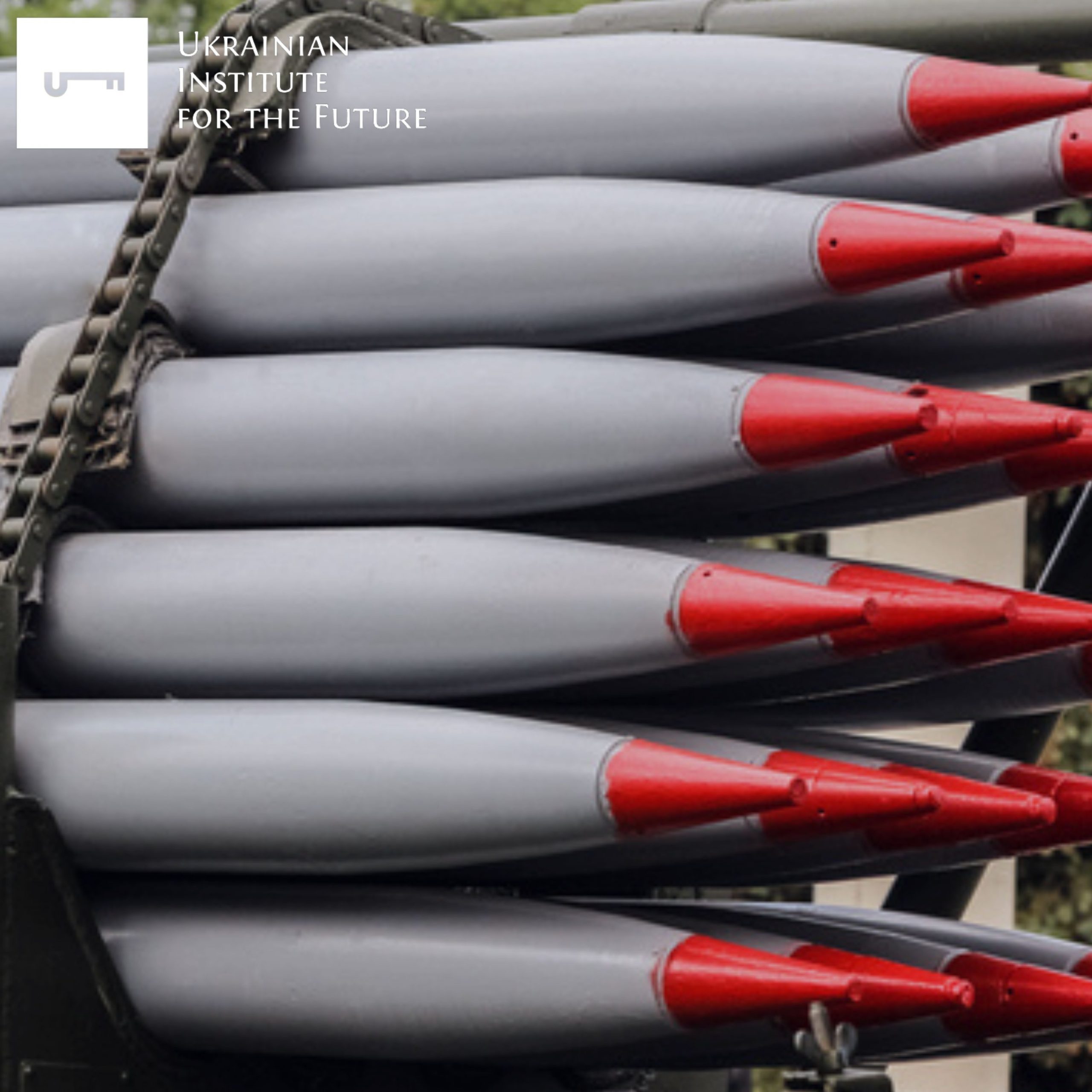Russian President V. Putin stated that the preparatory work for placing components of Russian nuclear weapons on the territory of Belarus would be completed by July 7-8, 2023. After that, according to him, the Russian Federation will begin transferring tactical nuclear weapons to Belarus. The choice of these dates is probably related to holding the NATO summit in Vilnius on July 11-12, 2023. This summit is expected to discuss Russia’s war against Ukraine and Ukraine’s prospects for joining the alliance.
With its decisions, Russia violated the non-proliferation regime of nuclear weapons and tried to repeat the “Caribbean Crisis” scenario of 1962. The Kremlin now views the same as at that time, threats to use nuclear weapons as an element of a grand bargain with the Western bloc to demarcate zones of influence and create new security balances.
Issue’s history and legal documents.
On March 25, 2023, V. Putin announced his intention to deploy tactical nuclear weapons and ten aircraft capable of carrying nuclear charges on the territory of Belarus. It was also announced that the Iskander missile complex, equipped with missiles with tactical nuclear charges, will be transferred to Belarus. It was reported that the training of Belarusian crews to work with these types of weapons would begin in April 2023.
On May 25, the Minister of Defense of the Russian Federation, S. Shoigu, and his Belarusian colleague V. Khrenin signed an agreement on placing non-strategic nuclear weapons in storage facilities on the territory of Belarus. During the deal’s signing, Shoigu stated that complete control over these weapons and the decision on their use would remain with the Russian leadership.
The Iskander-M operational-tactical missile complex is in service of the Belarussian army. It can use ballistic missiles with a range of up to 500 km, including those equipped with a tactical nuclear warhead with a capacity of up to 50 kilotons.
The official statements of the Ministry of Defense of the Russian Federation announced plans to convert 10 Belarusian Su-25 aircraft to be able to carry nuclear weapons. Although, according to experts, it is more realistic to use the Su-24M for this purpose. These planes can use missile weapons with an impact radius of up to 250 km, for example, converted Kh-58U guided missiles.
The Koidanovo district of the Minsk region is being renovated to store nuclear charges.
The transfer of nuclear charges to another country contradicts the Treaty on the Non-Proliferation of Nuclear Weapons. The treaty expressly prohibits the transfer of nuclear devices or control over them to third countries. To circumvent this provision, the Russian leadership makes statements that only they will have the right to issue orders regarding the use of these weapons. However, Belarusian President O. Lukashenko, for his part, declares that he will have control over the received nuclear weapons and will have the authority to use them in combat. On February 27, 2022, Belarus held a referendum on amendments to the Constitution, and among other changes, the provisions on nuclear-free status were removed from the Constitution’s text. Complete control over storage locations, means of delivery, and all application decisions will remain solely with the Russian leadership.
Other Russian Federation’s connected to the nuclear escalation.
As Russia realizes it will not be able to win a war using conventional weapons, the intimidation of Western countries with the possibility of using nuclear weapons is increasing at the strategic level.
In his annual message to the Federal Assembly on February 21, 2023, V. Putin stated that the Russian Federation is ready to resume testing nuclear weapons.
On February 22, 2023, the Russian State Duma adopted a law introduced by President Putin that terminates Russia’s participation in the Strategic Offensive Reductions Treaty (SNO-3). After that, the exchange of data on nuclear weapons, their movement, contacts within state institutions, the exchange of inspections, and the work of the Bilateral Consultative Commission stopped between Moscow and Washington.
The mass media reported that Russia may transfer to Iran the enriched uranium it received from it as part of the “nuclear deal” in 2015. The Iranian authorities have made statements about obtaining highly enriched uranium at their plants, which may confirm the transfer of such materials from Russia.
Conclusions and prognosis.
Statements about placing nuclear weapons on the territory of Belarus are an element of the Kremlin’s general policy of nuclear escalation and “raising the stakes.” The Russian leadership sees the intimidation of the world by the threat of nuclear war as the last chance to reach agreements with the West and “save its face”. The Kremlin’s plans probably involve repeating the scenario of the “Caribbean crisis”: bringing the war to a high level of escalation, negotiating, and reaching a compromise on the distribution of zones of influence.
The information about the readiness to place nuclear charges and means of delivery in Belarus already in July 2023 is an attempt to put pressure on the participants of the NATO summit in Vilnius, which will be held on July 11-12. One of the main issues to be raised at the summit will be NATO’s cooperation with Ukraine and military assistance to Ukraine in defense against Russian aggression. Vilnius is 40 km from the Belarusian border and 200 km from Minsk. There is a risk that on the days of the summit, Belarusian planes equipped to carry nuclear weapons will make flights toward the Lithuanian border to demonstrate the threat to the summit participants – the leaders of NATO countries. Increased security measures will be in place during the summit in Vilnius, including the involvement of air defense systems and NATO combat aircraft. Any provocation or mistake can lead to excessive escalation.
For the Russian Federation, the placement of nuclear weapons in Belarus can also be a way to remove part of the responsibility for a possible escalation. If nuclear provocations are carried out from the territory of Belarus, then retaliatory strikes will be carried out on the territory of this country. It could become a reason to involve units of the Belarusian army in direct aggression against Ukraine or NATO member countries.
Placing weapons on the territory of Belarus does not give direct operational advantages. Russia can perform all the same tasks using weapons located in its domain. Therefore, the campaign to transfer nuclear weapons to the territory of Belarus has primarily political and informational goals. Moreover, in the case of negotiations between Russia and the Western bloc, the Russian Federation may offer to withdraw the weapons stationed in Belarus in exchange for reciprocal concessions, repeating M. Khrushchev’s 1962 maneuver.




